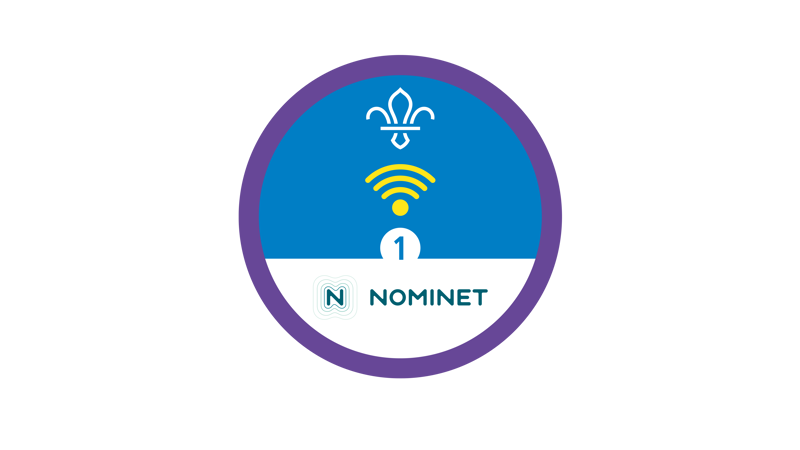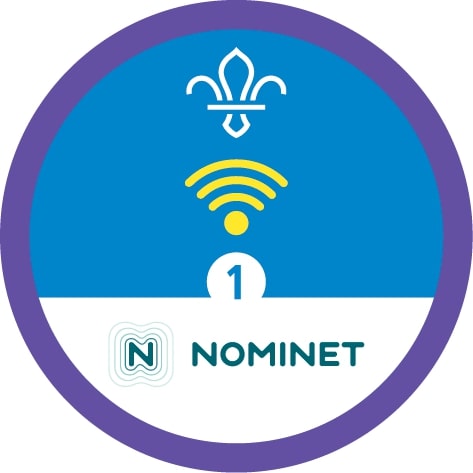
Lost in translation
You’ll need
- Coloured pens or pencils
- Scrap paper
- Bowls
Before you begin
- This activity is perfect for a rainy day. It doesn’t need much equipment, so you could do it anywhere, as part of a regular meeting or on a trip or camp.
- Write some common sayings on different scraps of paper. Fold each saying in half, and put them all in a bowl.
We've written a list below to help get you started.
- Decide whether you’ll play the ‘traditional’ version with pen and paper, or whether you’ll use tech. If you want a digital challenge, you’ll need enough devices that can take and share pictures.
Get lost in translation
- Everyone should get into groups of four. Each group should sit in a small circle, and each player should get a piece of paper and a pen.
If there aren’t an even number of players, some could go twice, or they could pass their paper or picture to someone in another team.
- Each player should take a saying from the bowl. The person leading the game should time five seconds, then everyone should stop looking at the saying.
- Everyone should quickly draw the saying at the top of the paper.
It doesn’t matter if people don’t know or understand the saying – the drawings can be quite literal. For example, for ‘the apple of my eye’, someone could draw a person with apple trees in their eyes.
- The person leading the game should give a signal, and everyone should pass the paper to the player on their right.
- The person leading the game should time five seconds, then everyone should write a sentence about what they see and fold the drawing back, so they can’t see it any more.
For example, the second player could write ‘a person with big, staring eyes and leaves growing out of their head’.
- The person leading the game should give a signal, and everyone should pass the paper to the player on their right.
- The person leading the game should time five seconds, then everyone should draw a picture to show the sentence they read. They should fold the sentence back, so they can’t see it any more.
For example, the third player could draw a creature with huge eyes and massive, leafy branches coming out of their head.
- The person leading the game should give a signal, and everyone should pass the paper to the player on their right.
- The person leading the game should time five seconds, then everyone should write a sentence about what they see and fold the drawing back, so they can’t see it any more.
For example, the final player could write ‘beware of the big-eyed tree monster!’.
- Everyone should open out the piece of paper and look at how the saying changed over the course of the game. Did anyone’s stay the same? Which changed the most?
- Everyone should keep playing until they run out of sayings, paper, or time.
- The apple of my eye
- Too many cooks spoil the broth
- A piece of cake
- To spill the beans
- Money doesn’t grow on trees
- As old as the hills
- A penny for your thoughts
- The early bird catches the worm
- A scaredy-cat
- To kill two birds with one stone
- A fish out of water
- A bed of roses
- To put your money where your mouth is
- To bark up the wrong tree
- To be away with the fairies
- A little bird told me
- A stiff upper lip
- The bee’s knees
- Through thick and thin
- To be up in arms
- A stone’s throw
- The wrong end of the stick
- Busy as a bee
- Two peas in a pod
Reflection
This activity put everyone’s communication to the test. Miscommunications happen all the time. Digital tools have introduced more ways for people to share ideas, experiences, thoughts, and feelings – but they can make it even more challenging for people to work out exactly what someone means. Everyone should think about a time they misunderstood something. Anyone who feels comfortable sharing should tell everyone about it. People may think about quick messages, or messages filled with emojis, which they thought meant one thing, but which the sender thought meant something else. What can people do to communicate more clearly? What should people do if they’re not sure what a message means?
This activity also needed everyone to care about others and think about the impact of their actions. Misinterpreted messages are sometimes called ‘mondegreens’, which comes from a line of a poem that people misheard – they thought ‘and laid him on the green’ was ‘Lady Mondegreen’. Sometimes people’s brains just register what they hear as a different set of words, but sometimes the values and beliefs people already hold shape the way they interpret what they hear. Can anyone think of any examples of when or why this may happen? People could hear something in a language they don’t understand and break the sounds down into different words. Some symbols also have different meanings for different people, for example, different people may interpret the yin yang symbol as meaning balance, light versus dark, or good health. Why is it important to be careful and clear when making interpretations?
Safety
All activities must be safely managed. You must complete a thorough risk assessment and take appropriate steps to reduce risk. Use the safety checklist to help you plan and risk assess your activity. Always get approval for the activity, and have suitable supervision and an InTouch process.
- Online safety
Supervise young people when they’re online and give them advice about staying safe. Take a look at our online safety or bullying guidance. The NSPCC offers more advice and guidance, too. If you want to know more about specific social networks and games, Childnet has information and safety tips for apps. You can also report anything that’s worried you online to the Child Exploitation and Online Protection Command. As always, if you’ve got concerns about a young person’s welfare, including their online experiences, follow the Yellow Card to make a report.
- Scissors
Supervise young people appropriately when they’re using scissors. Store all sharp objects securely, out of the reach of young people.
- You could use digital devices to take photos of drawings (or even draw) and send it to the next player who types their response underneath.
- It’s up to you how long people have to look at the drawing or sentence and add their bit. Experiment to see what works best – it should be challenging and fast-paced, but everyone should have time to draw something recognisable.
- It’s up to you whether people can keep looking at the drawing or sentence while they add their bit. You could ask people to fold the drawing or sentence back before they start to add their contribution.
People could whisper instead of writing, or people could work in pairs if it would help them.
All Scout activities should be inclusive and accessible.
Another game with a similar theme is ‘Broken telephone’. Everyone should sit in a circle, and the first player should whisper a message to the person next to them. They should pass the message to the person next to them, and so on until it makes it the whole way around the circle. The final person should say what they heard out loud – it’s rarely the original saying, and is often total nonsense! You could add an active element by replacing the circle with two lines either side of the space so everyone has to move across the space to deliver the message.
Young people could lead this game. They could initiate it whenever they have a few minutes to spare.
